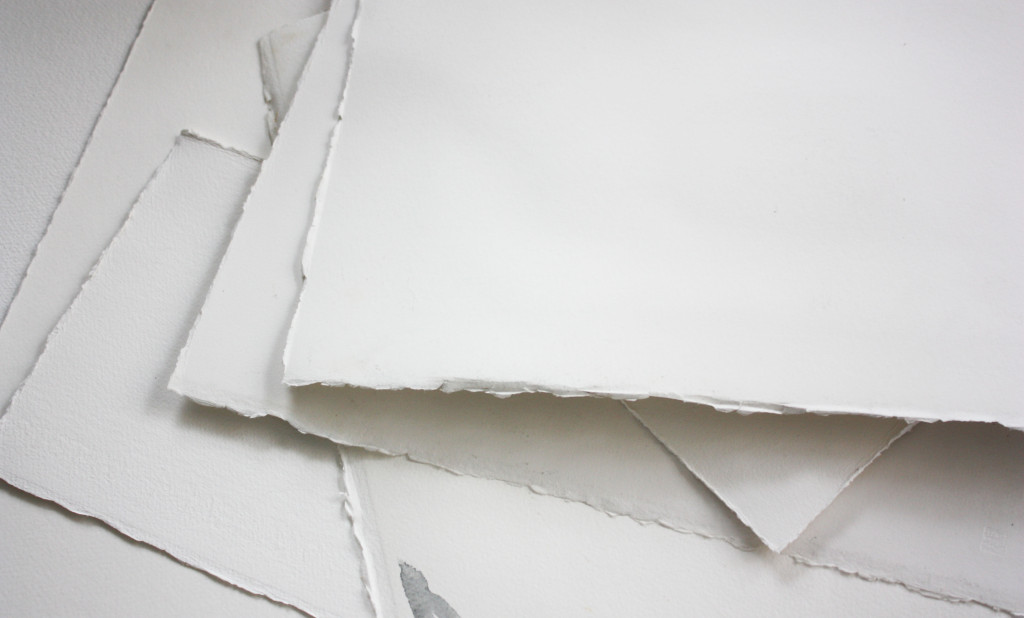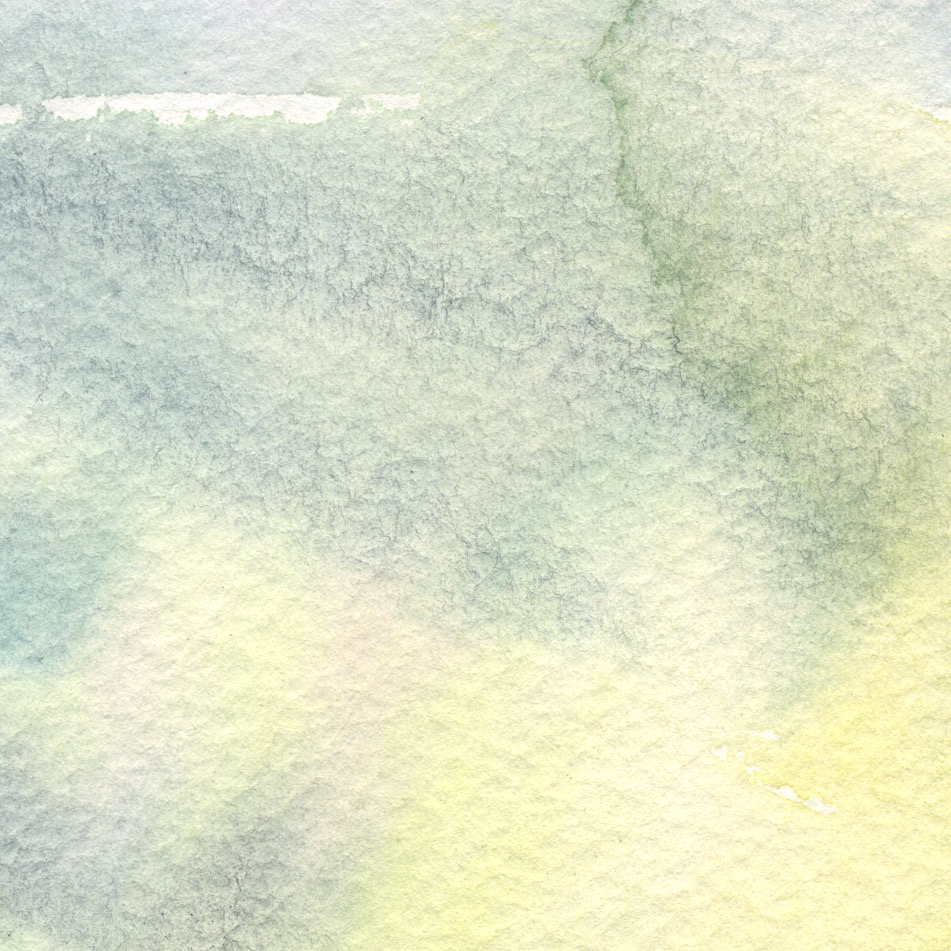A few weeks ago my family came home to a very grumpy me.
Over the next several days my mood worsened. As I explained the magnitude of my situation to my compassionate loved ones, I became aware that most people don’t know the importance of something which is absolutely critical to an illustrator’s vocation— paper.
My work came to a halt. My focus and attention was ultimately diverted. Because I could no longer find, or buy, MY PAPER!
I work primarily in watercolor on watercolor paper. I’ve been painting with watercolor for about… um… (chokes at this realization) 40+ years?
I am about to go to finished art on a book and went back to revisit some paintings that I had done a year or so ago. I have done my last few books on Arches Hot Press 300 lb watercolor paper. Hot press has a smooth surface and I wanted a little more texture for this picture book. Watercolor paper also comes in cold press which has a ‘bumpier’ surface (I have never been able to remember which was which until I told myself that I get goose”bumps” when I’m cold!). The surface and texture of the paper is referred to as the ‘tooth’. The 300 lb paper is very thick and heavy. Using it allows me to skip a step in the preparation process that one must do if they use a lighter weight paper. For instance, if you are using 140 lb paper (a lighter weight than 300 lb) you will need to ‘stretch’ your paper in order to keep it from buckling when wet washes are applied. This means wetting the paper (usually a soak in the tub) and then taping or stapling it to a board.
Here is an example of a watercolor wash on hot press watercolor paper…
And here above, notice the texture of a cold press wash…
So, when I compared my older paintings on Arches 300 lb paper to the hot press Arches that I had been using, the older paper had a slight bump/tooth to it. I decided that this paper must be the Arches 300 lb cold press paper. So I ordered some (at about $16/ a sheet) and it was waaaayyyy too bumpy!
I gathered up my paper pieces and drove to the art store. The nice manager helped me touch paper for about an hour. And what did we discover? That we don’t know why my old Arches paper isn’t like the new Arches cold press paper.
And why was this such devastating news? Because all those terms I described above have great impact on the outcome of the painting. Different papers grab the paint differently. And once you pick a paper, it’s pretty important to use the same one the whole way through the book. Look closely at the illustrations in a book if they are done with watercolor and you will be able to see the different textures of the ‘tooth’. So the loss of my paper has me absolutely frozen at a standstill.
I sought the advice of an expert— fellow Picture Book Builder illustrator, Eliza Wheeler. We emailed back and forth a little and Eliza said that she had just gone through a similar paper search (assumingly a bit perilous as well). She sent me some samples with notes on them for comparison and advice. From the samples Eliza sent I learned that the Arches cold press 140 lb paper was the perfect texture that I was looking for, but it was very different than their 300 lb. cold press. And I still wanted the heavier paper so I could avoid stretching it.
This will be my fourth outing to the art store. Upon my entrance, I now notice the salespeople hiding behind counters and diving into the store room. I will walk to the back and touch the papers for another hour or so. I’m just that crazy artist lady who is unable to meet her deadline because her beloved paper has been discontinued. I’ve emailed Arches and I’m certain they’ll feel very badly about their oversight and resume production immediately, perhaps even naming it after me?
Eliza and I would love to hear any thoughts, suggestions, or empathetic sagas in the comments below?
Thanks for listening… now off to the store.
Thank you!




Oh Jennifer,
I don’t really understand, much like your family, but I feel your pain! I can almost get that bent out of shape when I ask for a pencil and I’m handed a pen. Not what I wanted. I prefer taking notes with a pencil and I also want an eraser. Most people don’t get that either. Best of luck to you on this important quest.
Thank you, Linda! I appreciate your empathetic note. Thanks for visiting!
I love learning about all of the work and attention to detail that goes into the artwork for picture books. For me, as a writer, it is mind-blowing and humbling. I just have to have a computer that works.
Hi Caroline! I think it would be similar to having your computer stop working and have to switch to an entirely new program that didn’t do what the last program did! Thanks for your comment!
Oh have I been there! You might have to look at other brands, but then those other brands might have different color casts. Good luck!
Hi Anne! I tried one and was very hopeful… but the texture was too uniform and even. Thank you for commiserating— it sure is frustrating!
Hi Jennifer,
A friend led me to your site because I had expressed some of these same concerns on my FB page. It’s nice to meet a fellow illustrator who works in traditional media! I have been illustrating books for 25 years and have worked with good results on either the Arches 140 or 300 lb papers. It also seems to me that the 300 lb paper has gotten toothier than before. Compounding the problem is that today’s scanners pick up more detail, so the texture of the paper comes through stronger- not always a desired result, especially in people’s faces. I tried Arches hot press paper as well, but the colors weren’t as vivid as I wanted them to be- but with today’s scanners, that may not be as much of an issue. While the Arches cold press has been a favorite, I might be going back to Fabriano soft press 300 lb. I used it for two books and it worked well. Have you tried it? I find it’s not as forgiving or reworkable as the Arches, should I make mistakes or want to change something (which I do a lot!) Anyway, just thought I’d share this, and if you come upon a great paper, let me know, and I will do the same!
Oh Iza! Thank you for your insightful comments and helpful advice 🙂 When I wrote to Eliza she said she would love to ‘geek out’ and talk paper with me. I think what I have discovered is just what you said. I think Arches must have changed their 300 lb cold press. The older 300 lb paper that I had (and loved because it was PERFECT) was, I think very much like the 140 lb Arches cold press is now. I laid them next to each other and they are nearly identical. But, clearly, now the Arches 300 lb cold press is much rougher than the 140 lb! I tried a 300 lb Fabriano cold press and loved the way the paint took, but I don’t love that the overall surface has a very even pattern to the texture (for me and for this project). Your points about reproduction are spot on and that’s a very interesting point about how the paper shows up more nowadays with scanning being sophisticated. I think I saw one, lone sheet of the Fabriano soft press at the art store. They really look forward to my visits, so perhaps I’ll stop in yet again today? Maybe take them donuts or something? I need to move past this for now, so I’ve decided to hand pick through the Arches hot press (again, more time spent at the art store) for the bumpiest ones and use those. I find that sometimes the back side of the hot is more textured than the front and that there is some real variety in each piece of 300 lb paper. Thank you so much!!!!!
You’re so welcome- and thank YOU!
Wow, I had no idea that (a) painters needed to be so particular about their paper and (b) that paper was so expensive! $16/sheet? Yikes. For someone (like me) who makes a lot of mistakes, that’s a pricey proposition. I’m sorry I don’t have any helpful suggestions, but you definitely have my empathy!
Thanks, Linda! And the $16 is for a big piece that can usually accommodate 2 spreads. But, it is a little pricey to be ‘trying it out’ and not liking it. Thank you for your empathy!
Good gravy, that IS a predicament.
I had absolutely no idea there were all these nuances to paper! What a clueless author I am. Hope you find the perfect paper soon!
I’ve had my own watercolour paper woes. My issue is that I cant get it to stretch properly anymore. 20 years ago it was easy, it worked every time, but these days, for reasons I can’t work out and despite taking so much care, it is real hit and miss if the tape will hold the paper or if the paper will pull away and buckle and need stretching all over again. It’s so frustrating and stressful that I have made the switch to digital paper.
Oh, Alison, that’s so unfortunate! I’ve never had terribly good luck stretching paper. I just think I’m too impatient for the whole ordeal and that’s why I use 300 lb.. Do you think it’s something with the sizing nowadays? Thanks for visiting and sharing your paper woes and I hope that going digital is a process you enjoy!
Cold press = goose bumps. Thank you. I’ll never mix it up again! 🙂
Hi Mary! Thank you for visiting and commenting. Glad you like my memory trick!
I so feel for you! It’s bad enough to have to switch from something you love, but mid-book is a bit much. I hope your search turns up a decent solution.
Maybe someone stashed the original paper you used? I’ve seen knitters ask for a skein of discontinued yarn and have it mailed to them within hours by another knitter who had leftovers from their own project. I have had some luck locating discontinued/modified items on eBay. I’m not sure how paper is marked or tracked though…
Preaching to the choir! I have been stymied over the years by changing or disappearing art supplies and materials. I hope you find a convincing substitute!
Yes, Kevan! It’s a big deal, isn’t it? I tried other papers, but in the end am going with the 300 lb. hot press, but hand picking it and selecting bumpier ones and using the back which is usually more textured. I can imagine how happy the art store is to have me come and paw all their pristine paper! Thanks for the empathy!
Thanks for all the paper talk, Jennifer! And for the paper samples. I’m still as stumped as you on this, but it sounds like you have come up with a good work-around for now. We’ll all have to keep each other informed if we hear about a magical paper option that rises to the surface!